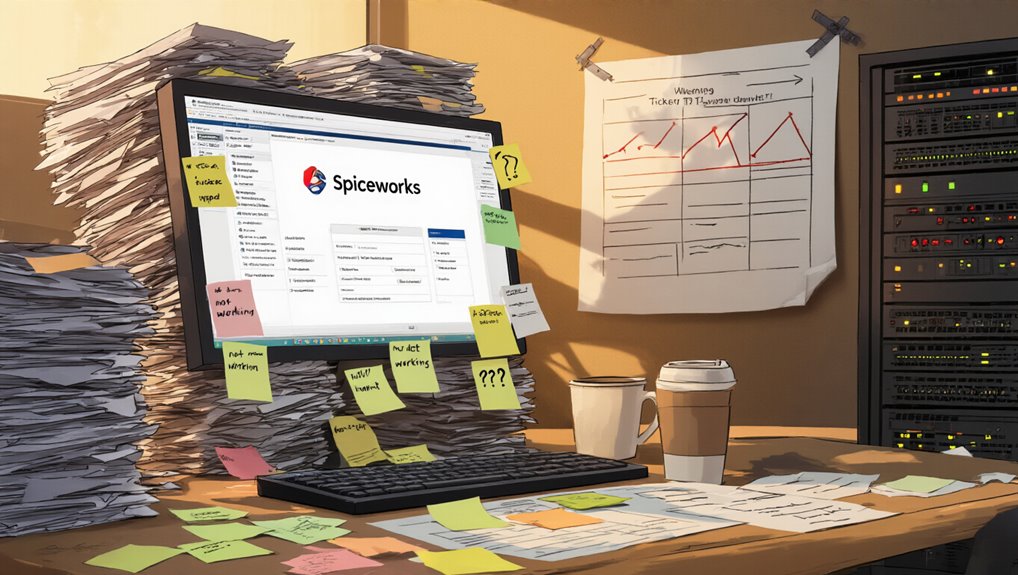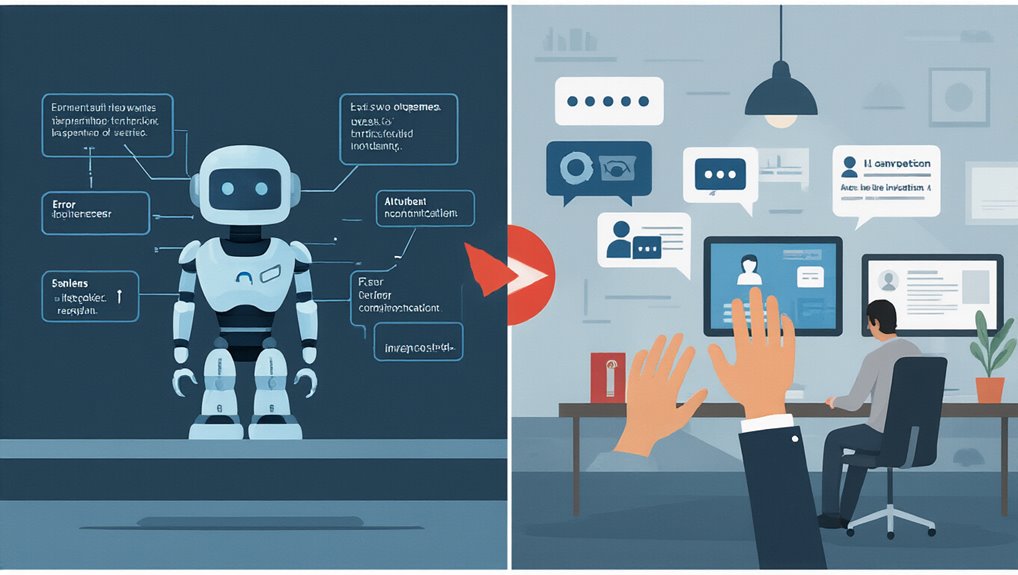While support tickets serve as the primary communication channel between users and IT departments, vague tickets in Spiceworks create significant bottlenecks in the resolution process. When users submit tickets with descriptions like “Something is wrong” or “It’s not working,” technicians must spend valuable time seeking clarification rather than solving problems. Research shows tickets requiring follow-up for details take twice as long to resolve, driving down efficiency metrics and user satisfaction scores.
The root causes of vague tickets are multifaceted. Many users lack the technical vocabulary to accurately describe their issues. Broad default categories like “Hardware Support” encourage ambiguous submissions, while the absence of guidance at submission time leads to incomplete information. Users experiencing frustration often prioritize speed over detail, creating tickets that lack actionable context. A key best practice is to include specific location information when submitting a ticket to help technicians quickly respond to the issue. With industry standards suggesting that tickets should be acknowledged within 15 minutes during business hours, delayed responses from vague tickets can severely impact these metrics.
Vague tickets impact organizations beyond just extended resolution times. They lead to:
- Increased risk of misdiagnosis and incorrect solutions
- Difficulty assigning tickets to appropriate support tiers
- Unnecessary escalations due to insufficient information
- Lower technician morale and higher burnout rates
The organizational costs extend further as help desk efficiency declines. Key metrics suffer, including first response time and resolution rates. Many companies find themselves hiring additional staff to manage the increased workload from vague tickets, while customer satisfaction scores typically drop when ticket quality is poor. Implementing 24/7 support capabilities through outsourcing can significantly minimize system downtime and enhance user satisfaction when dealing with ticket backlogs.
Effective solutions require a multifaceted approach. Implementing ticket templates with required fields guarantees users provide essential information upfront. Organizations should offer clear examples of good ticket descriptions and provide targeted training on effective ticket submission. Automated prompts can request missing information before submission, preventing incomplete tickets from entering the queue.
Many IT departments focus exclusively on reactive measures when addressing vague tickets. However, the most successful approach combines proactive user education with system improvements. By simultaneously addressing both human and technical factors, organizations can dramatically reduce vague tickets, improving resolution times and satisfaction rates.
The small investment in better ticket quality pays dividends through improved IT department efficiency and effectiveness.






